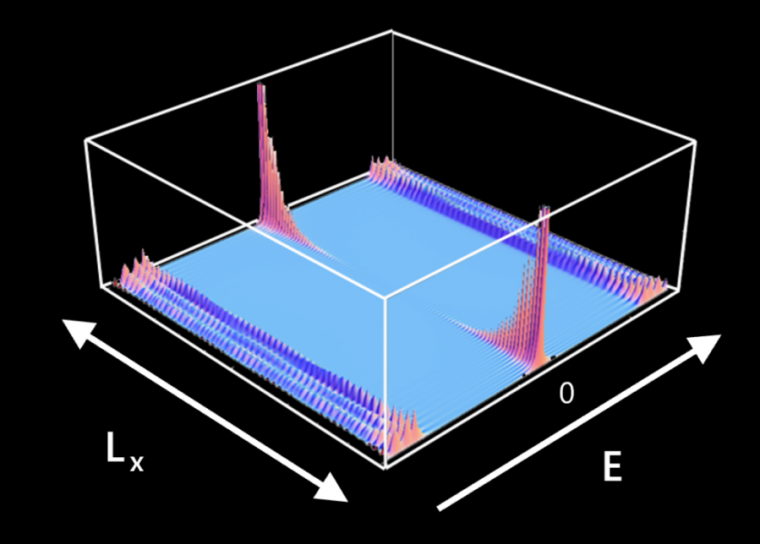
So far, two primary quantum computing technologies have been commercialized. One type of hardware, called a transmon, involves superconducting wire loops linked to a resonator; it is used by companies like Google, IBM, and Rigetti. Companies like Quantinuum and IonQ have instead used individual ions held in light traps. At the moment, both technologies are in an awkward place. They’ve clearly been demonstrated to work, but they need some significant scaling and quality improvements before they can perform useful computations.
It may be a bit surprising to see that Microsoft is committed to an alternative technology called “topological qubits.” This technology is far enough behind other options that the company just announced it has worked out the physics to make a qubit. To understand Microsoft’s approach better, Ars talked to Microsoft engineer Chetan Nayak about the company’s progress and plans.
The foundation of a qubit
Microsoft is starting behind some competitors because the basic physics of its system weren’t entirely figured out. The company’s system relies on the controlled production of a “Majorana particle,” something that was only demonstrated to exist within the last decade (and even then, its discovery has been controversial).
The particle gets its name from Ettore Majorana, who proposed the idea back in the 1920s. In the simplest terms, a Majorana particle is its own antiparticle; two Majorana particles that differ in their spin would annihilate if they met. So far, none of the known particles appears to be a Majorana particle (all but neutrinos definitively aren’t). But the concept has endured because of the prospect of making Majorana quasiparticles, or a collection of particles and fields that, in certain contexts, behaves as if it were a single particle.
The most prominent quasiparticle is probably the Cooper pair, in which two electrons are paired in a way that alters their behavior. Cooper pairs are necessary to get superconductivity to work.
Nayak said that Microsoft’s system involves a superconducting wire and its attendant Cooper pairs. Under normal circumstances, having an additional, unpaired electron exacts a cost on the system’s total energy. But in a sufficiently small wire in the presence of magnetic fields, it’s possible to stick an electron at the end of the wire with no energetic cost. “In a topological state and a topological superconductor, you end up having states that can, with no energy cost, soak up an additional electron,” Nayak told Ars.
This being quantum mechanics, the electron isn’t localized to the end of the wire where it’s inserted; instead, it’s delocalized to both ends. “The two ends are the real and imaginary parts of that quantum wave function, basically,” Nayak said. These end states are called Majorana zero modes, and Microsoft is now saying it has created them and measured their properties.
From quasiparticle to qubit
On their own, the Majorana zero modes aren’t usable as qubits. But Nayak said that it’s possible to link them to a nearby quantum dot. (Quantum dots are pieces of a material sized so that they’re smaller than the wavelength of an electron in that material.) He described a U-shaped wire with Majorana zero modes at each end and those ends in proximity to a quantum dot.
“You can effectively, as a virtual process, have an electron tunnel off the quantum dot onto one Majorana zero mode and an electron tunnel off the other Majorana zero mode and onto the quantum dot,” Nayak told Ars. These exchanges alter the quantum dot’s ability to store charge (its capacitance, in other words), a property that can be measured. Nayak also said the connections between the wire and the quantum dots can be controlled, potentially allowing the Majorana zero modes to be disconnected, which would help preserve their state.
Microsoft hasn’t gotten to the point of linking up a quantum dot. But it has done a considerable amount of work to get the topological state working in the wire. The materials the company is using are relatively unusual: aluminum as the superconducting wire and indium arsenide as the semiconductor that surrounds it. Microsoft is fabricating all the devices itself.
